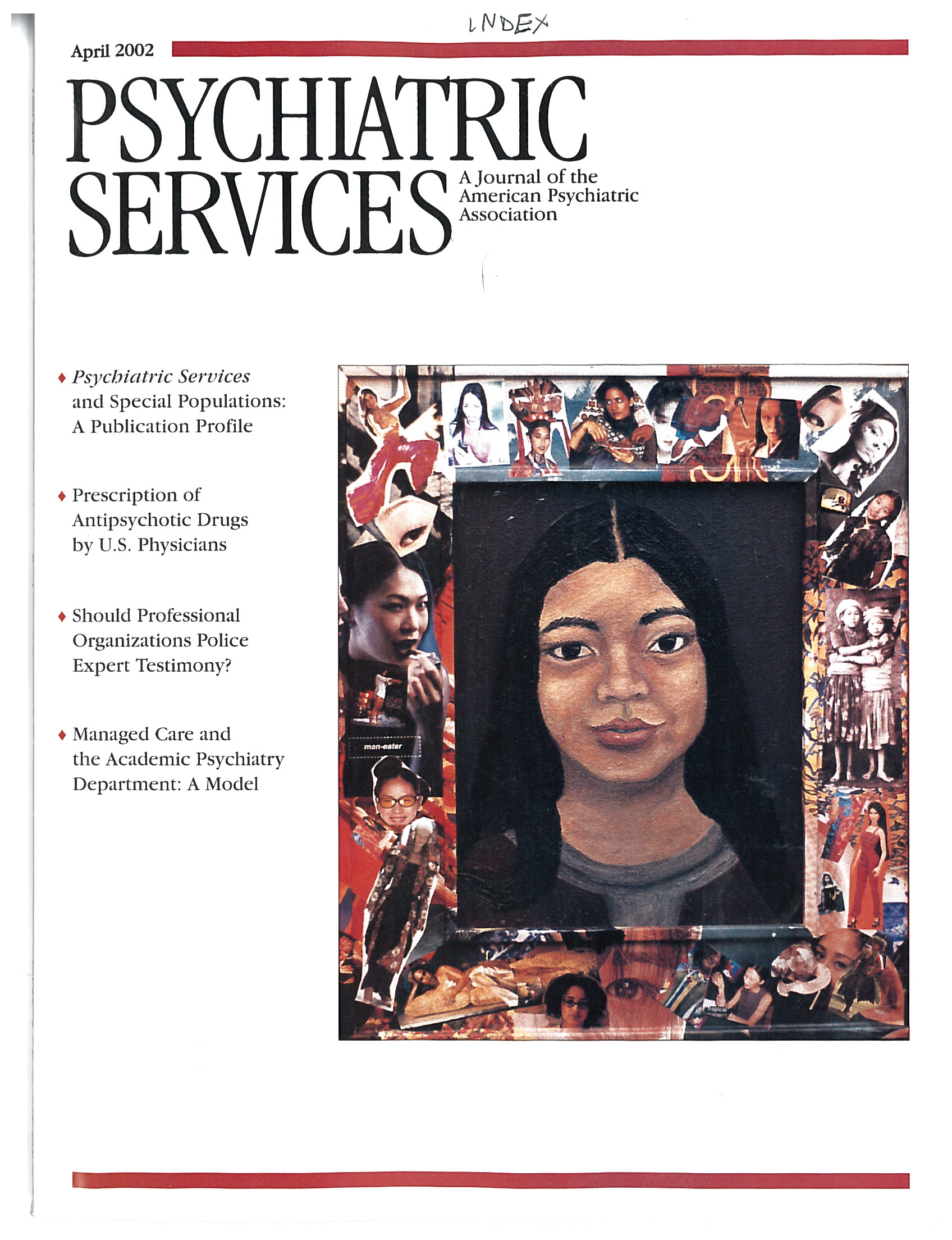In Reply: We thank Dr. Volavka for his thoughtful response. His first two criticisms concern the generalizability of our findings. He suggests that we may have underestimated criminal activity, because patients who dropped out may have been incarcerated or hospitalized. We did not gather data on the reasons for attrition; therefore, many speculations are equally plausible. We can offer three further points. First, less than 11 percent of the sample was replaced during the 18-month recruitment period. Second, many patients who were hospitalized were interviewed, either in the hospital or when they were discharged. We also interviewed subjects in jail or prison when necessary. Nonetheless, subjects did drop out for a variety of unknown reasons and at a rate that is typical of such studies in the community.
Third, we interviewed subjects every six months, and those who reported a crime were included in our calculations of incidence rates and in the predictive models. We found no relationship between length of time in the study and whether a patient reported at least one crime.
Dr. Volavka's second criticism concerns our sample, which we repeatedly acknowledged was a low-risk sample, because no patient had received a diagnosis of a substance use disorder during the previous six months and the vast majority were housed at baseline. In fact, the absence of active substance abuse in our sample was one of the factors that made our overall findings on community risk meaningful: we were not dealing with comorbid substance use disorders at baseline, which is a major predictor of criminal activity and victimization among persons with schizophrenia. Dr. Volavka states that this renders our sample "thoroughly unrepresentative of patients with schizophrenia who are living in the community," for whom rates of comorbid substance abuse are around 30 percent. However, this estimate suggests that our sample could have been representative of 70 percent of those living in the community, which is a far cry from thoroughly unrepresentative.
Finally, Dr. Volavka is correct in noting that we incorrectly cited a study by Modestin and Ammann (
1). We meant to cite an earlier study by these authors that found no relationship between schizophrenia and criminal behavior or violence (
2). The study we cited (
1) found a relationship between crime and schizophrenia, but the rates varied, depending on the type of offense and the phase of the disorder.
In regard to these contextual factors, recent studies have found that symptom acuity and substance abuse appear to be critical determinants of criminal behavior and violence among individuals with schizophrenia (
3,
4). These findings suggest that understanding the context of violence in this population is as important as citing incidence rates, and even suggest that citing incidence rates based solely on a diagnosis of schizophrenia—that is, without providing data on other risk factors—is potentially misleading. No patients in our sample had a substance use disorder in the previous six months, which reduced the likelihood of all types of community risk. Therefore, our findings about police contact and victimization are even more striking. In terms of crime and violence, our estimate might more closely reflect the contribution of schizophrenia per se, rather than that of its comorbid conditions.
We find no need to defend our interpretation of the study by Tiihonen and associates (
4). They stated that the finding of an elevated rate of violent offenses among male patients with schizophrenia "was based on three cases of schizophrenic offenders without substance abuse, and it must be considered tentative. Therefore, further investigation is required to confirm that schizophrenia per se is associated with a higher risk of violent behavior. It must be emphasized that alcohol abuse accounts for most of the criminal behavior among schizophrenic subjects."
It is clear that examining the biopsychosocial context for violent behavior among individuals with schizophrenia is critical for developing a complete understanding of this behavior. A clearer understanding is particularly important, because two of the most consistent predictors of violence in this group—symptom acuity and substance abuse—are both increasingly amenable to treatment

